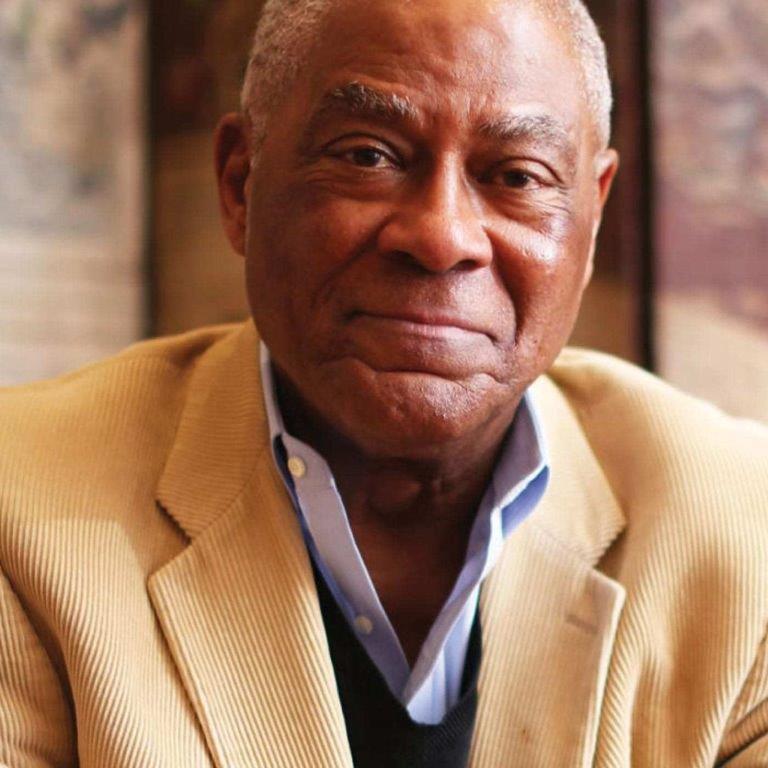Talking about Race in America, Part 1
- Thomas Jones

- Jun 8, 2020
- 3 min read
Talking today in the context of the George Floyd death at the hands of police in Minneapolis, juxtaposed with the Covid-19 pandemic disproportionate impact on communities of color, I want to make three important points. I want to preface my remarks by saying that I understand the anger in the streets. I understand it because I was once an angry young man, and I put my life on the line in the 1960’s in the fight to end racial oppression in America.
My first point is that I draw hope and encouragement from placing current events in historical context. In 2018 I visited the National Memorial for Peace and Justice in Montgomery, Alabama. The central exhibit is over 4,000 coffin-shaped stone tablets suspended from the ceiling, with the dates and names of the victims of lynchings in America from 1870 to 1949. Over 4,000 black people were lynched in that time period, which is an average of one lynching per week in America, every week, for 80 continuous years. The exhibit is powerful, and emotionally overwhelming. I draw hope from this because it states the truth that racial violence against African Americans was proportionately fifty times greater fifty years ago, and one hundred times greater one hundred years ago. As awful and unacceptable as the death of George Floyd is, the truth is that these racial killings happen less frequently today than in earlier periods of American history, and that is a measure of progress which gives me hope for the future.
My second point is that I draw hope from the national upswelling of outrage and protest against the police killing of George Floyd. The crowds of protesters across the country are large and diverse, including many whites and Asians. Many police chiefs across the country have spoken-out in condemnation of the Minneapolis police tactics. Many police officers on the streets across the country are “taking a knee” to express sympathy and solidarity with the protesters. Many state governors, senators, and other senior political figures across the country have spoken-out in remorse, and expressed their commitment to reforming police practices in communities of color. These expressions of shared humanity and concern for communities of color give me hope for the future.
My third point is that I draw hope from the national recognition and expressions of concern regarding the Covid-19 pandemic disproportionate impact on communities of color. The entire country sees that “essential workers” are disproportionately black and brown, in occupations such as public transit workers, hospital orderlies, EMS technicians, mortuary attendants, and nursing home attendants – with no option to work remotely. The entire country sees that these “essential workers” are treated like “expendable workers” when they are not provided with adequate personal protection equipment. The entire country sees that health disparities in communities of color, including poor access to primary care, results in high morbidity and mortality rates from Covid-19. The entire country sees that the loss of service jobs in restaurants, retail, beauty and barber salons, etc, has resulted in catastrophic unemployment in black and brown communities. Many corporate CEO’s are now expressing their commitment to addressing economic inequality. I draw hope from the commencement of this national conversation about addressing economic inequality in communities of color.
What do I think should be done? I think we need federal legislation addressing six problem areas, as follows.
Police reform, including national standards for training and certification, and independent oversight of police conduct to ensure accountability;
K-12 educational funding to provide resource parity for communities of color with communities such as Connecticut’s Fairfield County Gold Coast towns, which use their wealthy local property tax base to invest in schools geared to prep their children for success in the so-called “meritocracy”;
Vocational education and apprenticeship training opportunities to prepare blue collar workers and prison parolees for careers in well-paid mechanical occupations such as HVAC and automobile service technicians;
Income support through programs such as the federal Earned Income Tax Credit, to reinforce a culture that all who work will be able to achieve a decent standard of living;
Universal health care access through expansion of Medicaid and Obamacare; and
Retirement income support through expanded Social Security benefits for low income workers.
Thank you













Thank you, Tom, for sharing your views on the racial issues riling up our country these days. Your thoughtful perspectives on the 3 rays of hope and clear articulation of the 6 legislative areas that need to be implemented are right on. I can see them as the core of a badly needed book, or an extensive article in a wide circulation publication.